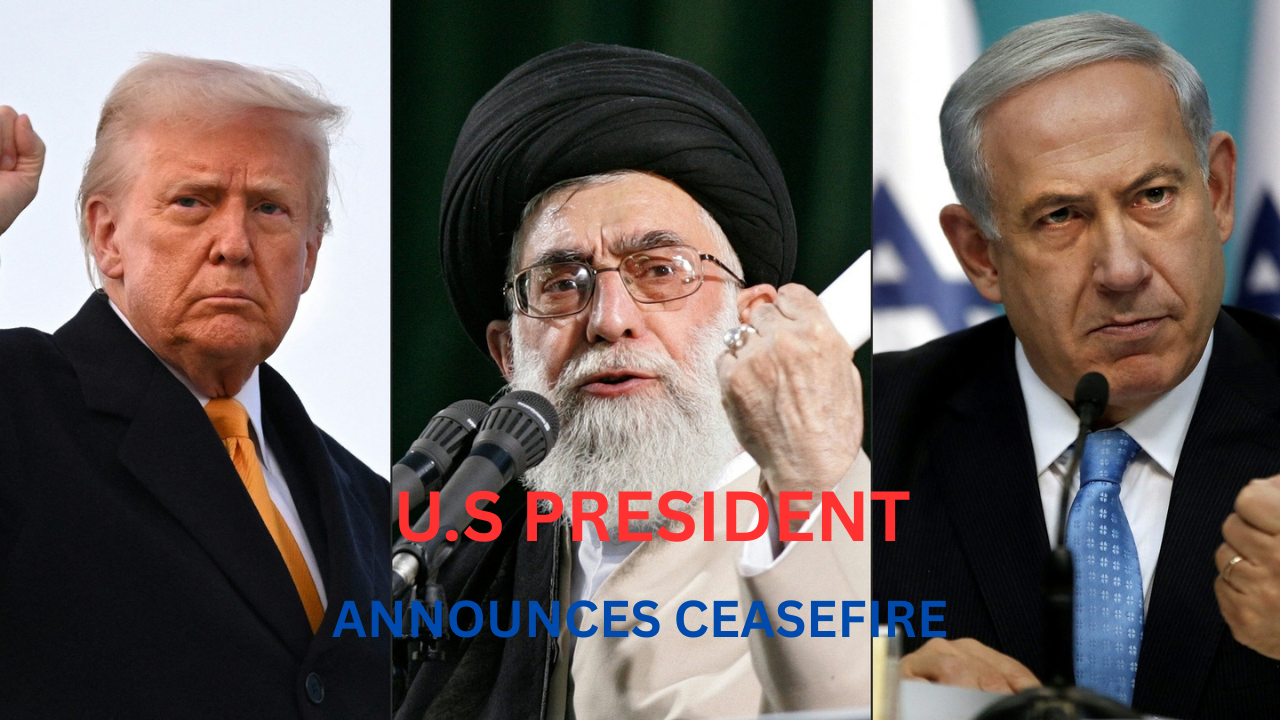President Donald Trump announces a ceasefire between Iran and Israel after 12 days of conflict, following missile attacks and U.S. airstrikes on Iranian nuclear sites. Learn how the truce was brokered, key events leading up to it, and what comes next for the Middle East.
Ceasefire Confirmed by Trump on Social Media
In a dramatic early-morning announcement, U.S. President Donald Trump declared a ceasefire between Iran and Israel following 12 intense days of hostilities. Sharing the news via his platform, Truth Social, Trump congratulated both nations for agreeing to end what he labeled “The 12-Day War.”
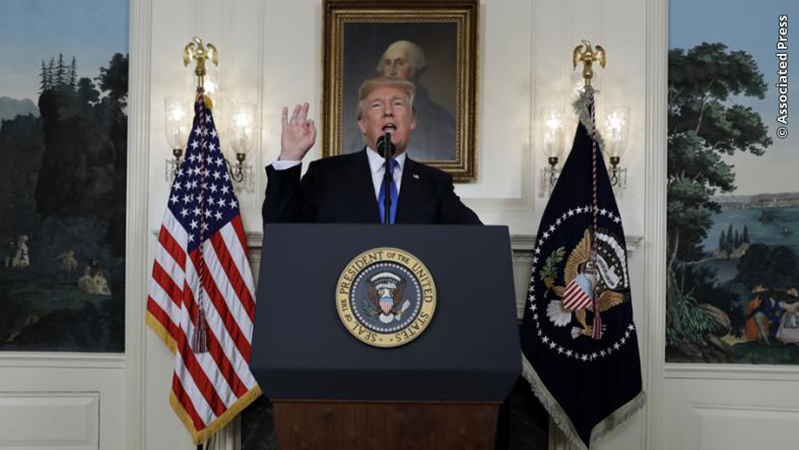
“On the assumption that everything works as it should—which it will—I would like to congratulate both Countries, Israel and Iran, on having the Stamina, Courage, and Intelligence to end what could have been a war lasting years,” Trump wrote.
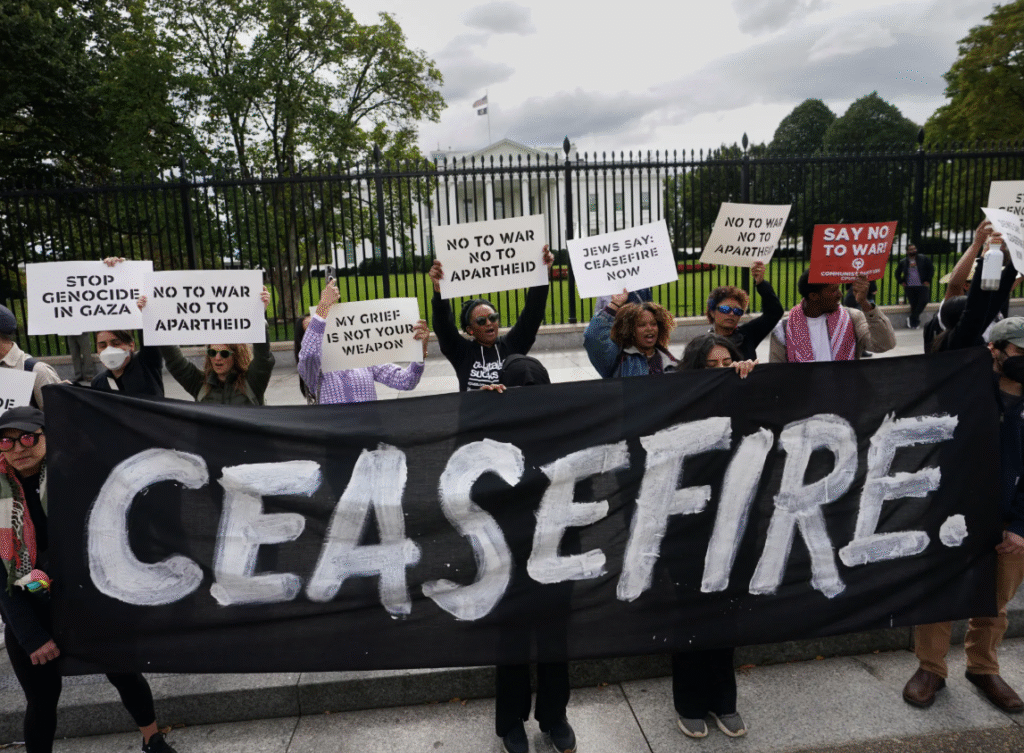
By 5 a.m. GMT, Trump confirmed that the ceasefire was officially in effect, urging both sides: “PLEASE DO NOT VIOLATE IT!”
Donald J. Trump Truth Social 06.23.25 06:02 PM EST
— Commentary Donald J. Trump Posts From Truth Social (@TrumpDailyPosts) June 23, 2025
CONGRATULATIONS TO EVERYONE! It has been fully agreed by and between Israel and Iran that there will be a Complete and Total CEASEFIRE (in approximately 6 hours from now, when Israel and Iran have wound down and completed their…
Behind the Ceasefire: High-Level Talks
According to a senior White House official speaking to Reuters, the ceasefire was achieved through intensive diplomatic efforts:
- Trump spoke directly with Israeli Prime Minister Benjamin Netanyahu.
- Vice President JD Vance and other U.S. officials coordinated with Iranian counterparts.
- Qatar’s Prime Minister played a key role by relaying the U.S. proposal to Tehran, which reportedly accepted the terms after a final round of consultations.
Israel’s Conditional Agreement
Israel agreed to the ceasefire on the condition that Iran halts all attacks, the official added. However, tensions remained high as Israeli forces issued evacuation warnings in Tehran shortly after the announcement, suggesting further strikes were imminent if Iran did not stand down.
Iran Launches Missiles Before Truce Takes Effect
Before the ceasefire could be implemented, Iran fired multiple ballistic missiles at Israeli cities, with one deadly strike hitting a residential building in Be’er Sheva, killing four and injuring eight others.
Tehran framed the attack as retaliation for U.S. involvement in Israel’s earlier military actions. Simultaneously, Iran launched a missile strike on a U.S. base in Qatar, though no casualties were reported. Qatari air defenses intercepted the missiles, and Iranian officials had reportedly provided prior warning of the strike.
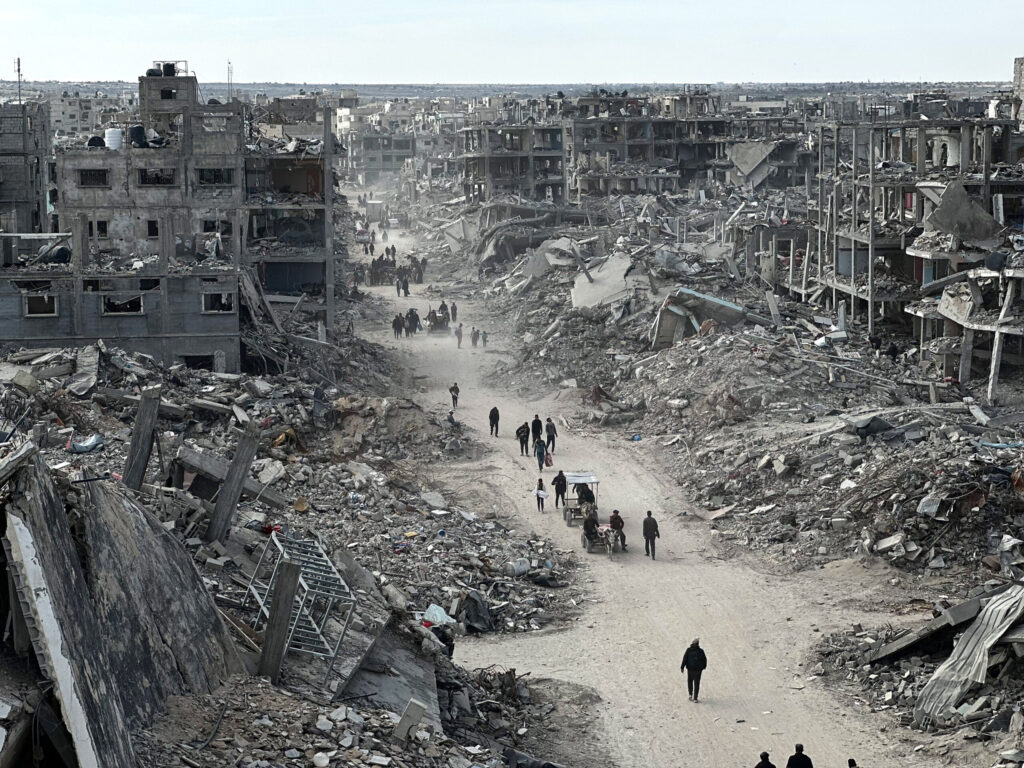
Iran’s Ceasefire Confirmation
Around 4:30 a.m. GMT, Iranian state media confirmed that the ceasefire was in effect. Foreign Minister Abbas Araghchi stated Iran would cease hostilities only if Israel also halted its operations.
U.S. Airstrikes on Iran’s Nuclear Facilities
The ceasefire comes just days after Trump ordered one of the most significant U.S. military actions in recent history. In a mission dubbed “Midnight Hammer,” American B-2 stealth bombers struck three major nuclear sites in Iran: Isfahan, Natanz, and Fordow.
Trump boasted that the strikes had “completely and totally obliterated” Iran’s nuclear infrastructure, although independent assessments are still ongoing.
UN Confirms Likely Damage at Fordow
UN nuclear watchdog chief Rafael Grossi commented on the strike, saying:
“Given the explosive payload and the sensitivity of centrifuge equipment, very significant damage is expected at Iran’s Fordow uranium enrichment facility.”
Fordow is a highly fortified site located deep within a mountain, making it a challenging target. Despite this, early indications suggest the U.S. bombing campaign was strategically successful, even if the full extent of the damage is yet to be verified.
Iran Considers Withdrawing From IAEA Oversight
Following the attacks, Iran’s parliamentary national security committee met to discuss the country’s cooperation with the International Atomic Energy Agency (IAEA).
Lawmakers approved the general framework of a bill that would:
- Suspend all IAEA inspections
- Remove surveillance equipment from nuclear sites
- End the submission of nuclear reports to the UN
Iran’s message is clear: unless it receives guarantees for the security of its nuclear facilities, it will no longer tolerate international monitoring.
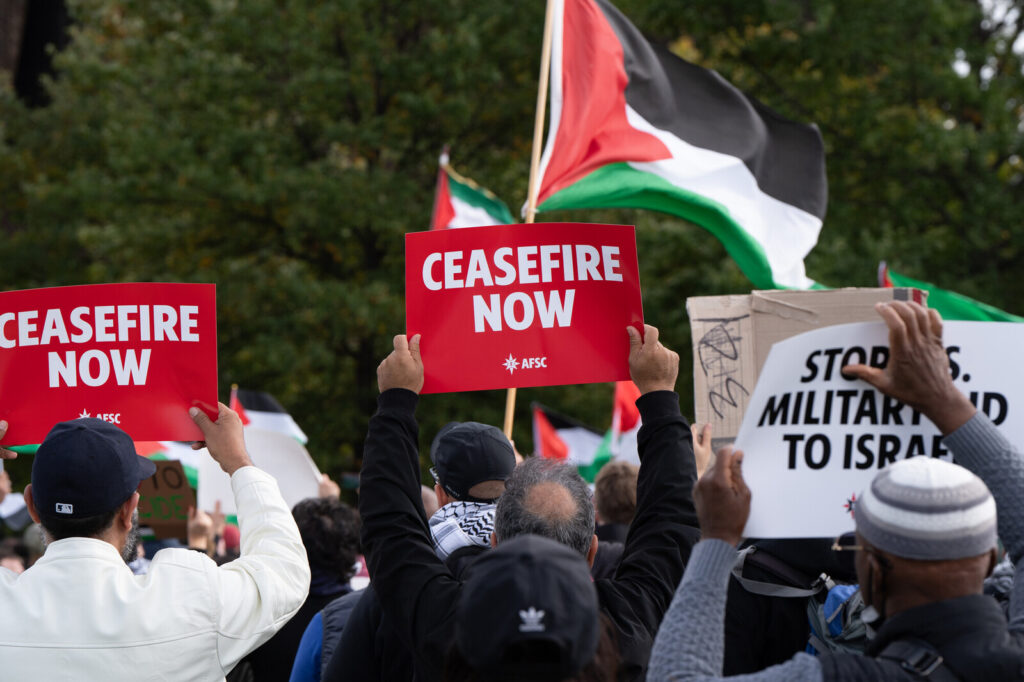
What’s Next for the Middle East?
Though the ceasefire marks a temporary end to open hostilities, the region remains on edge. Here’s what to watch:
| Developments to Monitor | Current Status |
|---|---|
| Ceasefire adherence | In effect, but fragile |
| Missile launches | Continued after ceasefire, but now reduced |
| Diplomatic activity | Ongoing; Qatar, U.S., and others mediating |
| Iran’s nuclear policy | May exit IAEA agreement |
| Israel’s military stance | Conditional pause; may resume if provoked |
President Trump’s announcement of a ceasefire between Iran and Israel marks a potential turning point in a rapidly escalating conflict that many feared could engulf the entire Middle East. While the situation remains delicate and both sides continue to exchange accusations, diplomatic channels have reopened, and direct talks appear to be yielding results.
If this truce holds, it may go down as one of Trump’s most consequential foreign policy achievements of 2025.
Also Read :
US Prioritizes Safety : ‘Worldwide caution’ Travel Alert for Americans After Strategic Iran Strike
U.S. Bombs Iran Updates : Trump Declares Nuclear Threat Wiped Out by Targeted Attacks
Israel Attacks Iran: Full Breakdown of Escalating Conflict, Nuclear Threats, and Global Fallout
Breaking: Israel Orders Tehran Evacuation—Trump Drops Cryptic Message

